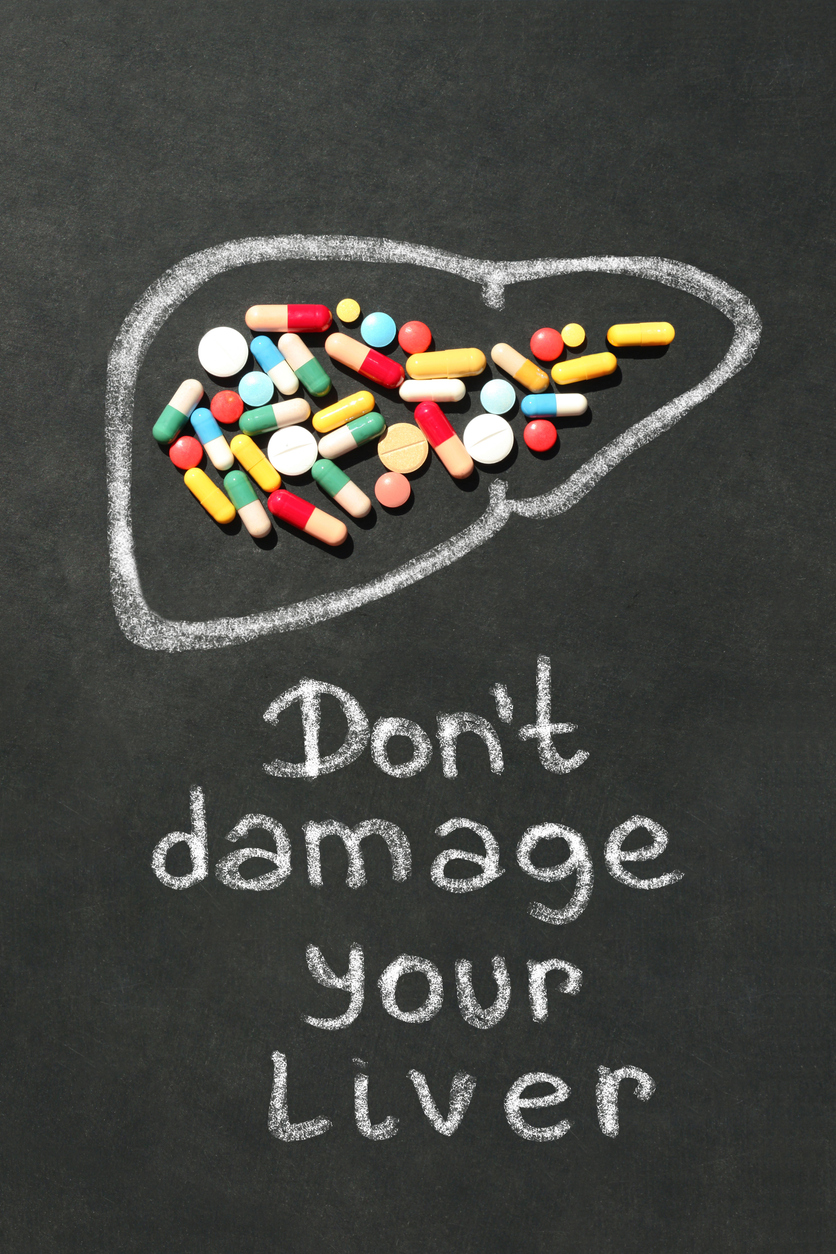Treatments
Gabapentin Medication for Chronic Pain

What is gabapentin
Gabapentin is an anticonvulsant medication prescribed to help manage seizures in people who have epilepsy. Although it cannot cure epilepsy, it can help control seizures for as long as it is taken. Gabapentin has also been shown to be effective in treating restless leg syndrome and nerve pain caused by the shingles virus.
Gabapentin reduces the excitability of nerve cells in the brain to prevent seizures and relieve pain for certain conditions in the nervous system. It does not treat pain resulting from arthritis or minor injuries.
How to take gabapentin
Gabapentin is available in capsule, tablet, extended release, or liquid form. It should be taken exactly as prescribed by a health care professional. It should not be taken for longer than recommended. Changes in brand may require an adjustment in dosage.
If a tablet must be broken in half, the other half should be taken at the next scheduled dose. Capsules should be swallowed whole and should not be crushed, chewed, broken or opened. Liquid gabapentin should be measured carefully by using the dosing syringe provided. Tablets and capsules should be stored at room temperature away from light and moisture. Liquid should be stored in the refrigerator. Contact a pharmacist if questions arise.
Common side effects
The most common side effects of gabapentin include, but are not limited to, the following:
- Dizziness
- Drowsiness
- Headache
- Fatigue
- Fever
- Recurring infections
- Weight gain
- Swelling in the hands or feet
- Loss of coordination
- Vision changes
Common side effects of gabapentin in children include, but are not limited to, the following:
- Fever
- Nausea or vomiting
- Behavior changes
- Trouble concentrating
- Restlessness
- Aggressiveness
- Memory problems
Seek immediate medical care for any serious side effects, which include, but are not limited to, the following:
- Allergic reaction
- Increased seizures
- Chest pain
- Difficulty breathing
- Severe fatigue or weakness
- Balance problems
- Severe tingling or numbness
- Color changes in the lips, nails, fingers or toes
- New or worsening cough
- Yellowing of the skin or eyes
- Upper stomach pain
- Problems with muscle movement
- Rapid eye movement
- Painful urination
- Little or no urination
- Swelling in the feet or ankles
Warnings
Gabapentin can cause anaphylaxis. Symptoms include difficulty breathing, swelling of the lips, throat, and tongue, and hypotension. Life-threatening allergic reactions include fever, rash, lymph glands in the neck, armpit or groin that become swollen, painful or tender, unusual bleeding or bruising, or yellow skin or eyes. Stopping gabapentin suddenly can cause serious problems.
Use caution while driving or performing hazardous tasks, as reactions could be impaired. Do not take antacids within two hours of taking gabapentin. Avoid alcohol while taking gabapentin.
Breathing problems can occur when taking gabapentin with medicines that cause severe sleepiness or decreased awareness. Those ages 65 years or older that have a lung condition are at increased risk for breathing difficulties. Seek immediate medical care if breathing concerns occur.
Gabapentin can react with several other medications; therefore, it is crucial to inform a health care professional of any prescription medicine, herbal or supplements, or any at-home treatments before starting to take gabapentin. The presence of depression, respiratory problems, mood or behavior issues, or kidney disease can affect the use of gabapentin and should be discussed with a health care professional.














